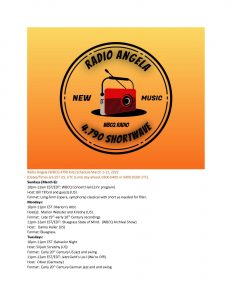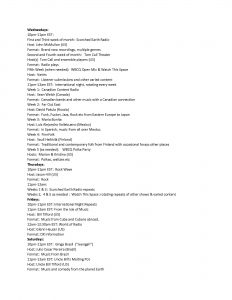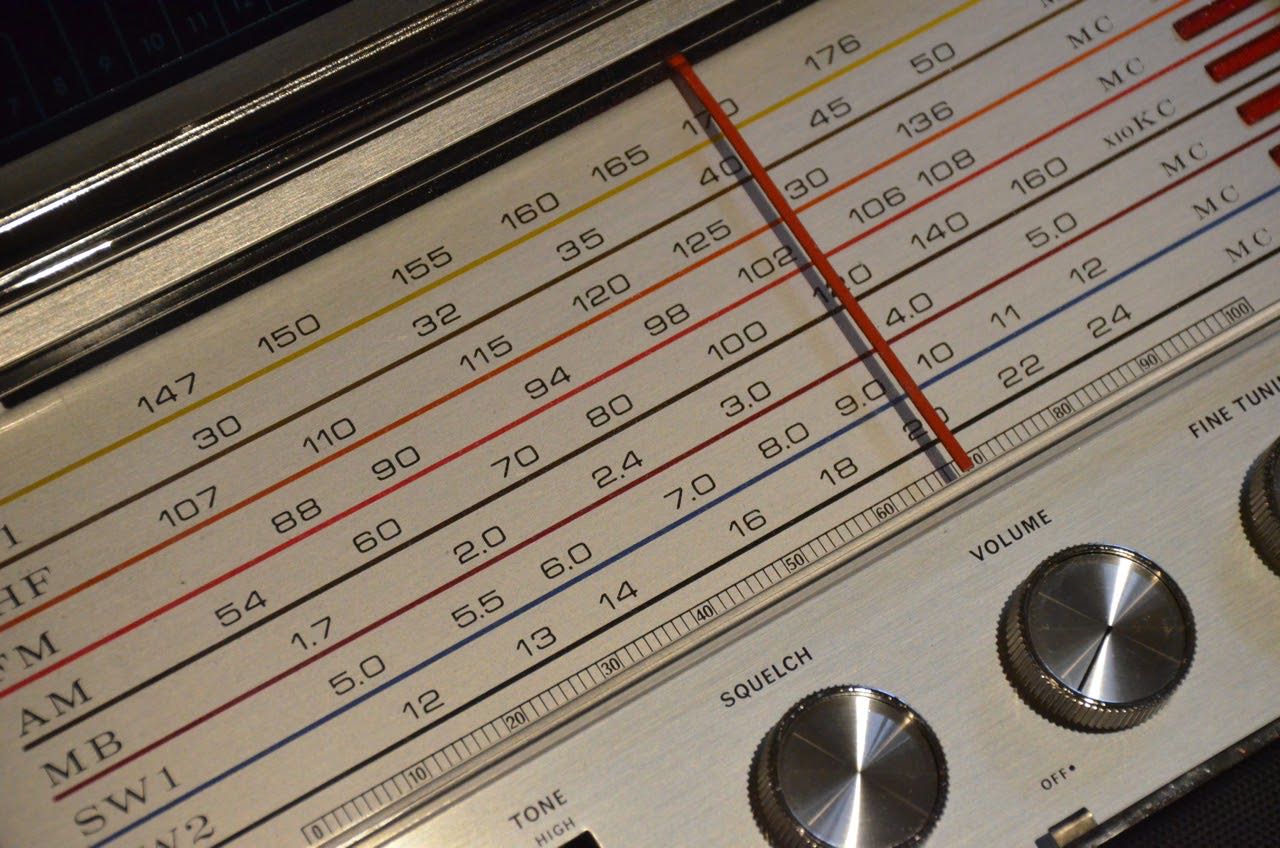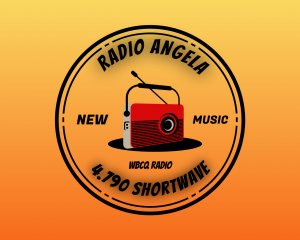The Cipher Machines and Cryptology website has moved to a new location
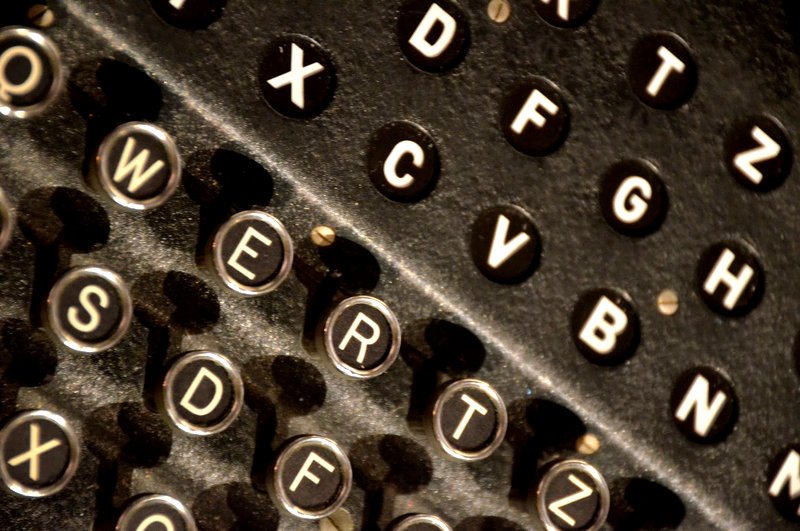 Many thanks to SWLing Post contributor, Dirk Rijmenants, who shares the following update:
Many thanks to SWLing Post contributor, Dirk Rijmenants, who shares the following update:
Dear cryptography enthusiasts,
The Cipher Machines and Cryptology website moved to a new location!
Since you visited our website, contacted me, read about cryptography,
downloaded the various simulators or participated in some the challenges, I
would like to inform you that the entire website moved to the new address
www.ciphermachinesandcryptology.com. The website now also supports
hppts (SSL/TLS) so that you can visit us secure and anonymous.
If you want to stay in contact, then please visit the new website and add
the link to your favorites or bookmarks. I chose to inform you before the
old domain is terminated permanently because it takes a while before Google
indexes new website, and Google search results might still send you to the
old obsolete address for a whole.
If my website is linked on your website, then I’ be most grateful if you
adjust that link to the new website. Of course, you can also share the new
website with your friends and on social media. Spread the word! The more we
share it, the sooner search engines find it ;-]
The reason for the change of server and domain is due to the old provider
decided stopping all their user web spaces. More about the move is found on
our latest blog post.
My apologies for any inconvenience.
Dirk Rijmenants
Ukraine: BBC adds two shortwave broadcasts, NEXUS adds MW service
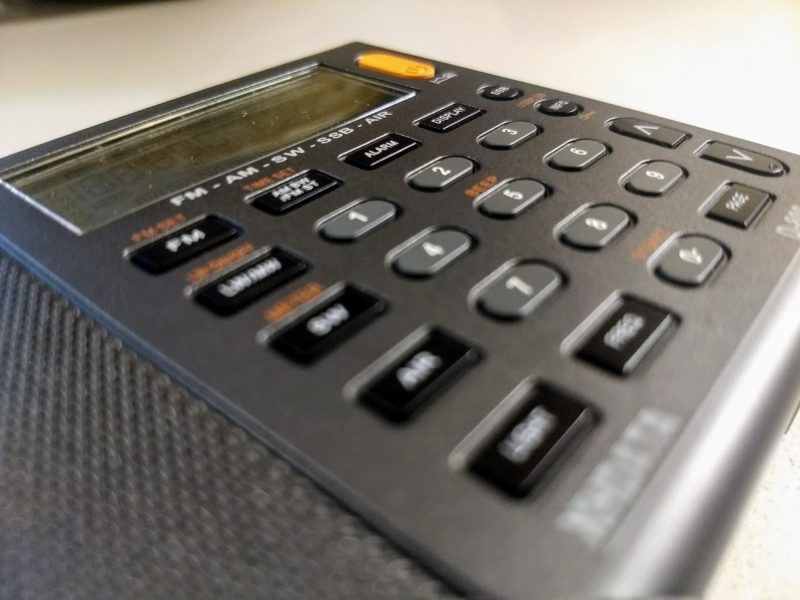 Many thanks to SWLing Post contributor, Andrea Borgnino (@aborgnino), who notes:
Many thanks to SWLing Post contributor, Andrea Borgnino (@aborgnino), who notes:
On shortwave, the BBC is adding 2 shortwave broadcasts to Ukraine on 5875 kHz from 8/10 UTC and on 15735 kHz from 2/4 UTC.
On medium wave, NEXUS- of Milan in Italy on 1323 kHz and proposes broadcasting for Eastern countries from 7/11 p.m. CET
Thank you for sharing this, Andrea.
Ukraine State Radio resumes broadcasting on 549 kHz
WRMI Resumes Broadcasts of Radio Ukraine International
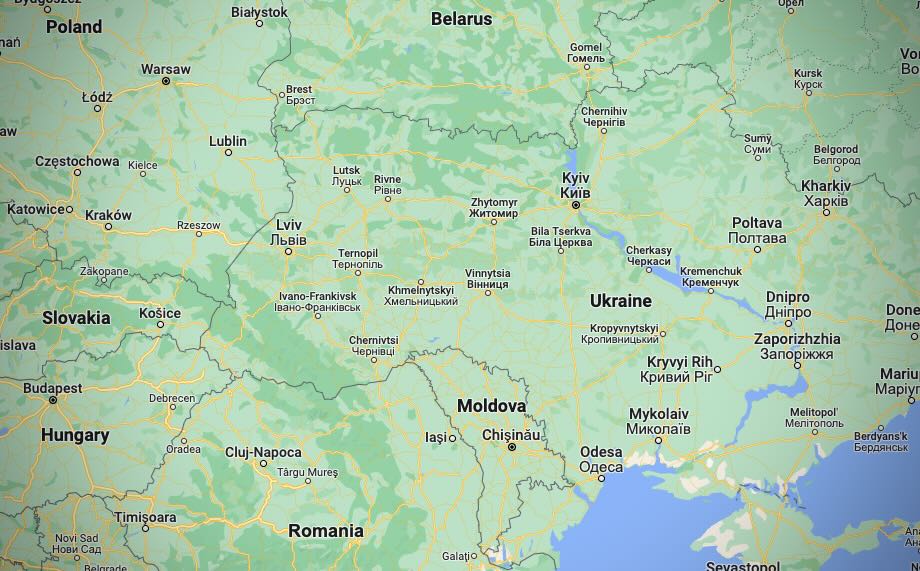 Many thanks to SWLing Post contributor, Paul Walker, who shares the following news from WRMI:
Many thanks to SWLing Post contributor, Paul Walker, who shares the following news from WRMI:
 WRMI Resumes Broadcasts of Radio Ukraine International
WRMI Resumes Broadcasts of Radio Ukraine International
Due to the increased interest in the current situation in Ukraine, WRMI has resumed its relays of the daily English language broadcast of Radio Ukraine International, the official overseas service of Ukrainian Radio. RUI can be heard daily, except Friday, at 1200-1230 UTC on 5010 kHz.
WBCQ’s New Radio Angela Service On 4790 kHz Begins Next Week
WBCQ’S new Radio Angela Service on 4790 kHz, which has been propagation testing during February, will begin its regular broadcast schedule on March 1 world date (February 28 US date)
using the nightly hours of 10pm Eastern US time to Midnight Eastern US time (currently 0300-0500 UTC, the UTC will change with daylight savings time). That two hour block will feature music and radio theater programs from around the world, several of which are appearing for the very first time anywhere. The full schedule will be published on the WBCQ website and various other places in cyberspace within a few days. The March schedule will have a few repeat slots as a second wave of new programs prepares for April rollouts.
On February 28 world date from 0300-0500 UTC (US time and date February 27, 10pm-Midnight EST), a two hour special program, A Taste of Radio Angela, will be presented featuring clips from various programs that will be part of the service.
This special 2-hour broadcast block on 4790 kHz is sponsored by Angela and Allan Weiner and curated by “Uncle Bill” Tilford, who also hosts three of the programs. Propagation testing during February has demonstrated that reception is mostly favorable in Eastern and Central North America from 7PM Eastern US onwards, and although the signal is aimed southwest from the transmitter in Monticello, Maine, it also lands very well in parts of Europe, especially parts of Ireland, Portugal, Germany and Italy but also in several other countries to a lesser extent.
Airtime will be available for purchase outside of the 10pm-Midnight program block with priority given to music (especially but not exclusively new music) and other entertainment or cultural programs that align with Radio Angela’s mission to become a stellar entertainment and cultural institution on shortwave. Inquiries about airtime should be directed to [email protected]
Watch the March NASWA Journal, Spectrum Monitor and British DX Communication magazines (and of course this space) and listen to Glenn Hauser’s World of Radio for more coverage of Radio Angela.
FTIOM & UBMP, February 27-March 5, 2022


From the Isle of Music, February 28-March 5, 2022:
This week will be our final regular episode on Channel 292, which will give us a Farewell to Europe marathon on March 8. (More about that next week.)
We will feature the epic third album by Los Van Van.
The broadcasts take place:
1. For the Americas and parts of Europe, Tuesday 0100-0200 UTC on WBCQ, 7490 kHz from Monticello, ME, USA (Monday 8-9PM EST in the US).
If you don’t have a shortwave or are out of range, you can listen to a live stream from the WBCQ website here: http://splatterbox.us/wbcq1
2 & 3. For Europe and sometimes beyond, Tuesday 1900-2000 UTC and Saturday 1300-1400 UTC on Channel 292, 6070 kHz from Rohrbach, Germany.
If you don’t have a shortwave radio or are out of range, you can listen live to uplinks from various websdrs in Europe.
Our Facebook page is https://www.facebook.com/fromtheisleofmusic/
Our V-Kontakte page is https://vk.com/fromtheisleofmusic
Our Patreon page is https://www.patreon.com/tilford
Uncle Bill’s Melting Pot, February 27-March 5, 2022:
Episode 257 is our last regular episode on Channel 292. It will feature music from Greece. (Channel 292 will have a Farewell to Europe marathon for the program on March 8, more about that next week.)
The transmissions take place:
1.Sunday 2300-0000 (6:00PM -7:00PM EST) on WBCQ The Planet 7490 kHz from the US to the Americas and parts of Europe
If you don’t have a shortwave or are out of range, you can listen to a live stream from the WBCQ website here: http://splatterbox.us/wbcq1
2. Tuesday 2000-2100 UTC on Channel 292, 6070 kHz from Rohrbach, Germany for Europe.
3. Saturday 0800-0900 UTC on Channel 292, 9670 kHz from Rohrbach, Germany for Europe with a directional booster aimed eastward.
Our Facebook page is https://www.facebook.com/UncleBillsMeltingPot/
Our V-Kontakte page is https://vk.com/fromtheisleofmusic
Our Patreon page is https://www.patreon.com/tilford

